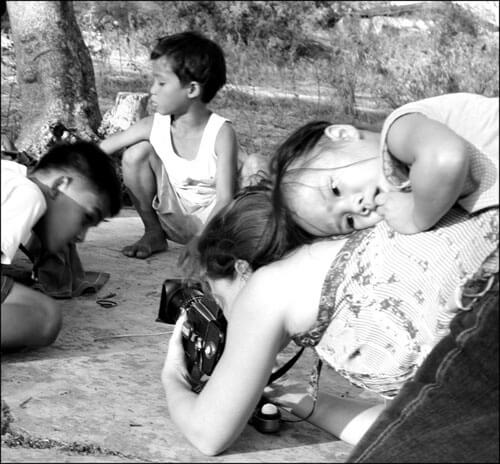Emily Schiffer is a documentary photographer interested in depicting essential details of life that are often overshadowed by more newsworthy circumstances.
In 2005, she founded the My Viewpoint Youth Photography Initiative on the Cheyenne River Reservation in South Dakota, where she continues to teach and shoot.
In 2011 she co-created See Potential, a community engagement/public art photography project on Chicago’s South Side, promotes the revitalization efforts of community leaders and mobilizes residents.
Awards include: a 2012 Open Society Foundation Audience Engagement Grant, a 2011 Emergency Fund Grant from the Magnum Foundation, the 2010 Arnold Newman Prize for New Directions in Portraiture, the 2010 winner of the PDN Photo Annual Personal Project Category, the 2009 Inge Morath Award, presented by Magnum Photos and the Inge Morath Foundation, and a 2006-2007 Fulbright Fellowship in Photography.
Emily has exhibited her photographs internationally.
Publications include: Aperture, Smithsonian Magazine, Photo District News, TIME Magazine Lightbox, Mother Jones, and BURN Magazine. Her work is in the permanent collections of The Farnsworth Museum, US, The Kiyosato Museum of Photographic Arts, Japan, Foto Baryo, Philippines, and The Center for Fine Art Photography, US. Emily received her BA in Fine Art and African American Studies from the University of Pennsylvania in 2003.
